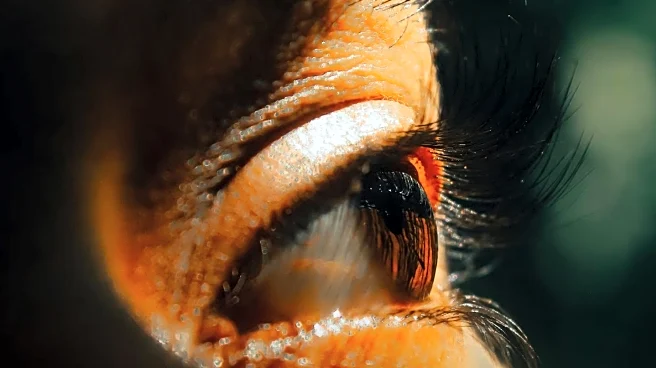What's Happening?
A 35-year-old man in India experienced persistent issues with his left eye, including redness and blurred vision. Upon examination at an ophthalmology clinic, doctors discovered a small worm moving sluggishly in the back of his eyeball. The worm was identified as Gnathostoma spinigerum, a parasitic nematode endemic to India. To remove the worm, doctors performed a pars plana vitrectomy, a procedure typically used for various eye conditions, which involves extracting the jelly-like vitreous inside the eye. The worm was successfully removed, still squirming, and identified under a microscope.
Why It's Important?
The case highlights the rare occurrence of parasitic infections in the human eye, emphasizing the need for awareness and medical expertise in handling such conditions. Gnathostoma spinigerum typically infects carnivorous mammals, but can occasionally affect humans, leading to severe health complications. The successful removal of the worm underscores the importance of advanced surgical techniques in treating unusual medical cases. This incident may prompt further research into parasitic infections and their impact on human health, potentially influencing public health policies and medical practices.











